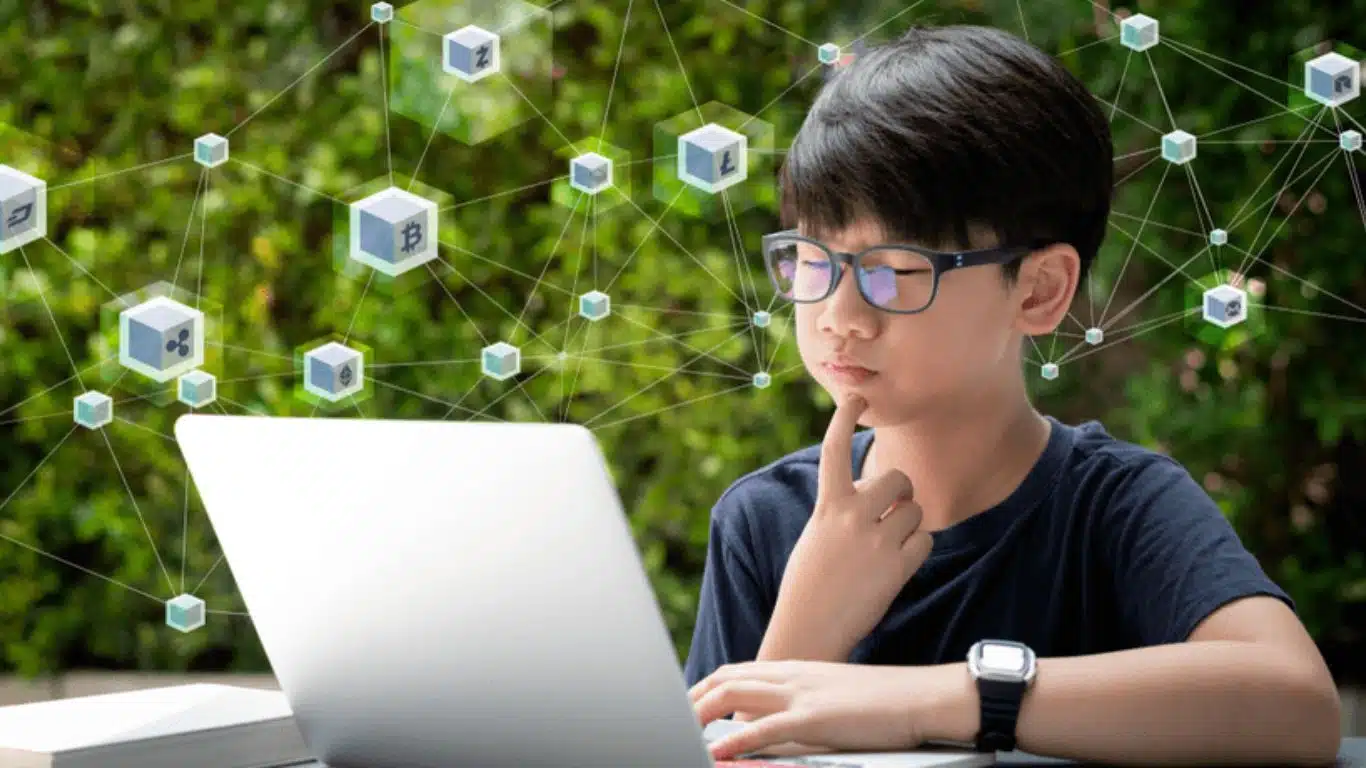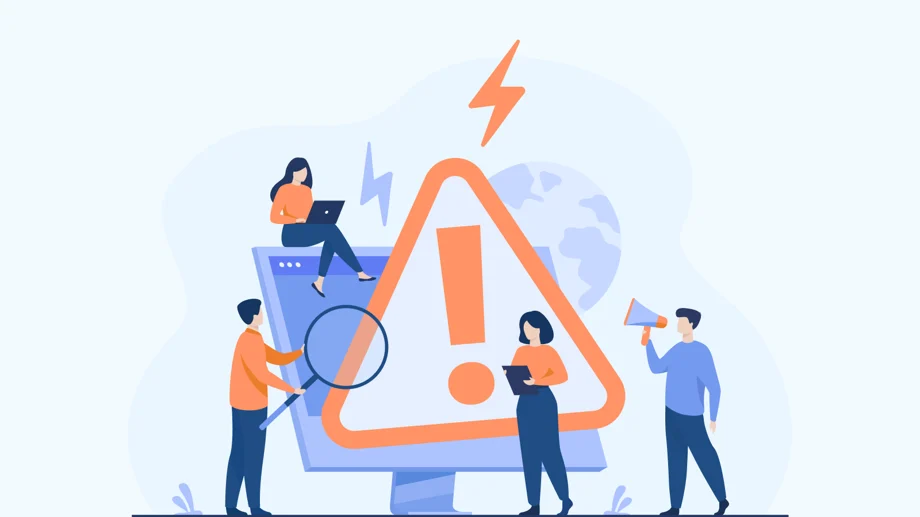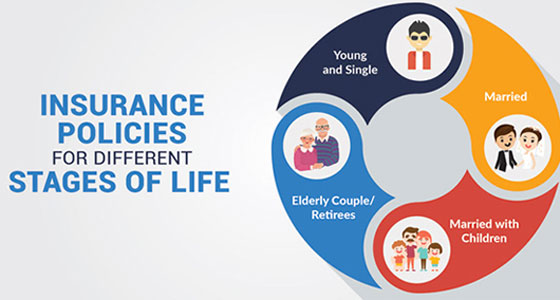The advent of online learning has revolutionized the education landscape, offering learners greater flexibility, accessibility, and convenience in pursuing their educational goals. As online learning continues to gain momentum, it has sparked a transformation in traditional education models, challenging long-standing norms and reshaping the way knowledge is delivered and acquired. In this blog post, we’ll explore the impact of online learning on traditional education models, examining both the opportunities and challenges it presents for educators, institutions, and learners alike.
- Accessibility and Flexibility: One of the most significant impacts of online learning on traditional education models is the increased accessibility and flexibility it offers learners. Online courses and programs allow students to access educational content from anywhere with an internet connection, eliminating geographical barriers and expanding access to education for individuals who may not have had access to traditional educational institutions. Additionally, online learning provides flexibility in terms of scheduling, allowing students to learn at their own pace and balance their studies with work, family, and other commitments.
- Diverse Learning Opportunities: Online learning has democratized access to a wide range of educational opportunities, enabling learners to explore diverse subjects, disciplines, and learning modalities beyond what is traditionally offered in brick-and-mortar institutions. Whether it’s specialized courses, micro-credentials, or Massive Open Online Courses (MOOCs), online platforms provide learners with the flexibility to pursue their interests and customize their learning experiences to suit their individual needs and goals.
- Technological Integration: Online learning has accelerated the integration of technology into traditional education models, prompting educators and institutions to embrace digital tools and platforms to enhance teaching and learning experiences. From interactive multimedia content and virtual classrooms to collaborative learning environments and artificial intelligence-powered adaptive learning systems, technology is transforming the way educational content is delivered, assessed, and personalized to meet the diverse needs of learners.
- Blended Learning Models: The rise of online learning has given rise to blended learning models that combine traditional face-to-face instruction with online components, offering the best of both worlds. Blended learning allows educators to leverage the strengths of both traditional and online teaching methods, providing opportunities for interactive classroom discussions, hands-on activities, and personalized online learning experiences. By integrating online components into traditional classroom settings, educators can enhance student engagement, promote active learning, and accommodate diverse learning styles.
- Challenges and Considerations: While online learning presents numerous opportunities for innovation and improvement in education, it also poses challenges and considerations for educators, institutions, and learners. These may include issues related to digital equity and access, ensuring quality and rigor in online courses, supporting student engagement and motivation in virtual learning environments, and addressing concerns about the effectiveness of online learning compared to traditional face-to-face instruction. Additionally, educators may need to adapt their teaching methods, develop digital literacy skills, and undergo professional development to effectively navigate the transition to online teaching.
Conclusion: The impact of online learning on traditional education models is profound and multifaceted, offering both opportunities and challenges for stakeholders in the education ecosystem. As online learning continues to evolve and become increasingly integrated into traditional education models, educators, institutions, and policymakers must embrace innovation, adapt to changing educational paradigms, and prioritize equitable access to high-quality education for all learners. By leveraging the benefits of online learning while addressing its challenges, we can work towards building a more inclusive, flexible, and resilient education system that meets the diverse needs of learners in the digital age.

![Teejay – Fully Auto (Live) [Official Video] Teejay - Fully Auto (Live) [Official Video]](https://www.ghanasong.com/wp-content/uploads/2024/04/Teejay-Fully-Auto-Live-Official-Video-150x150.png)









